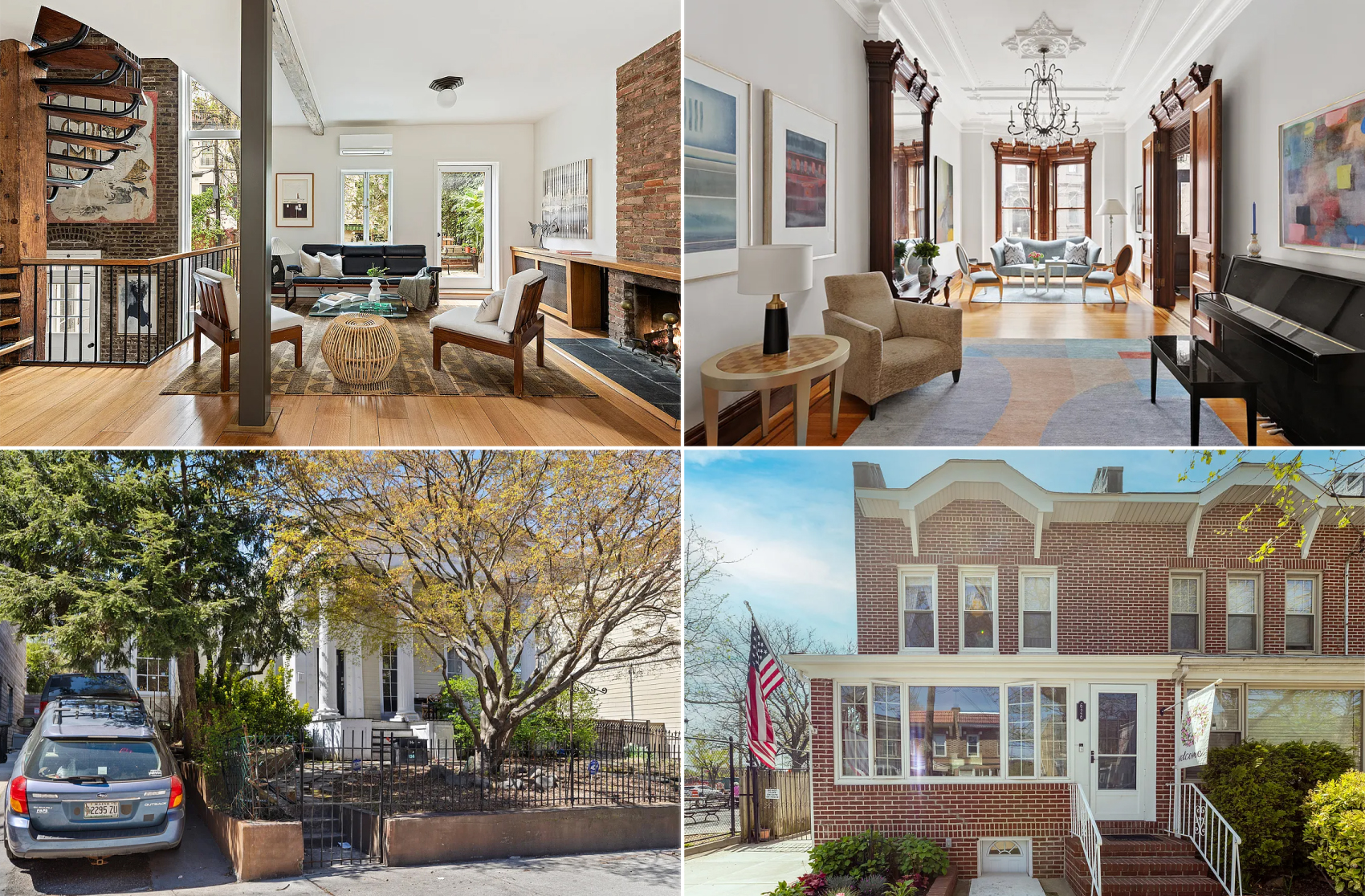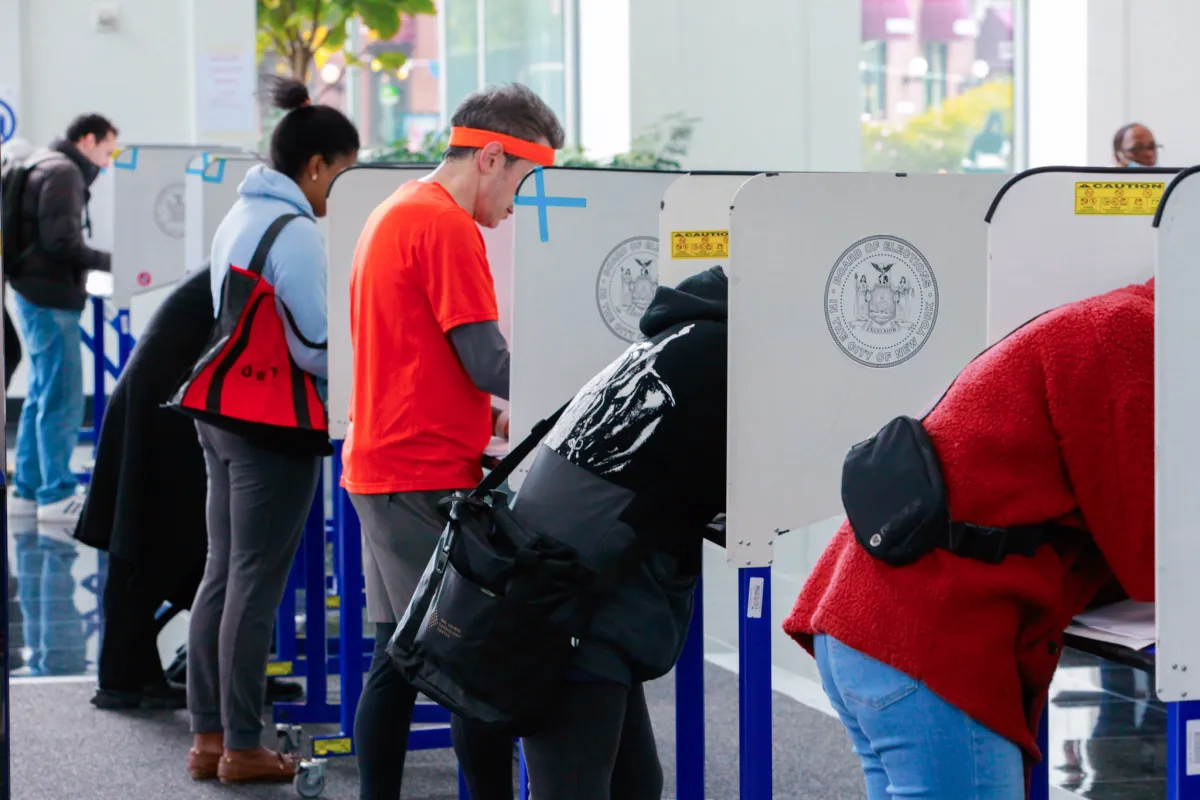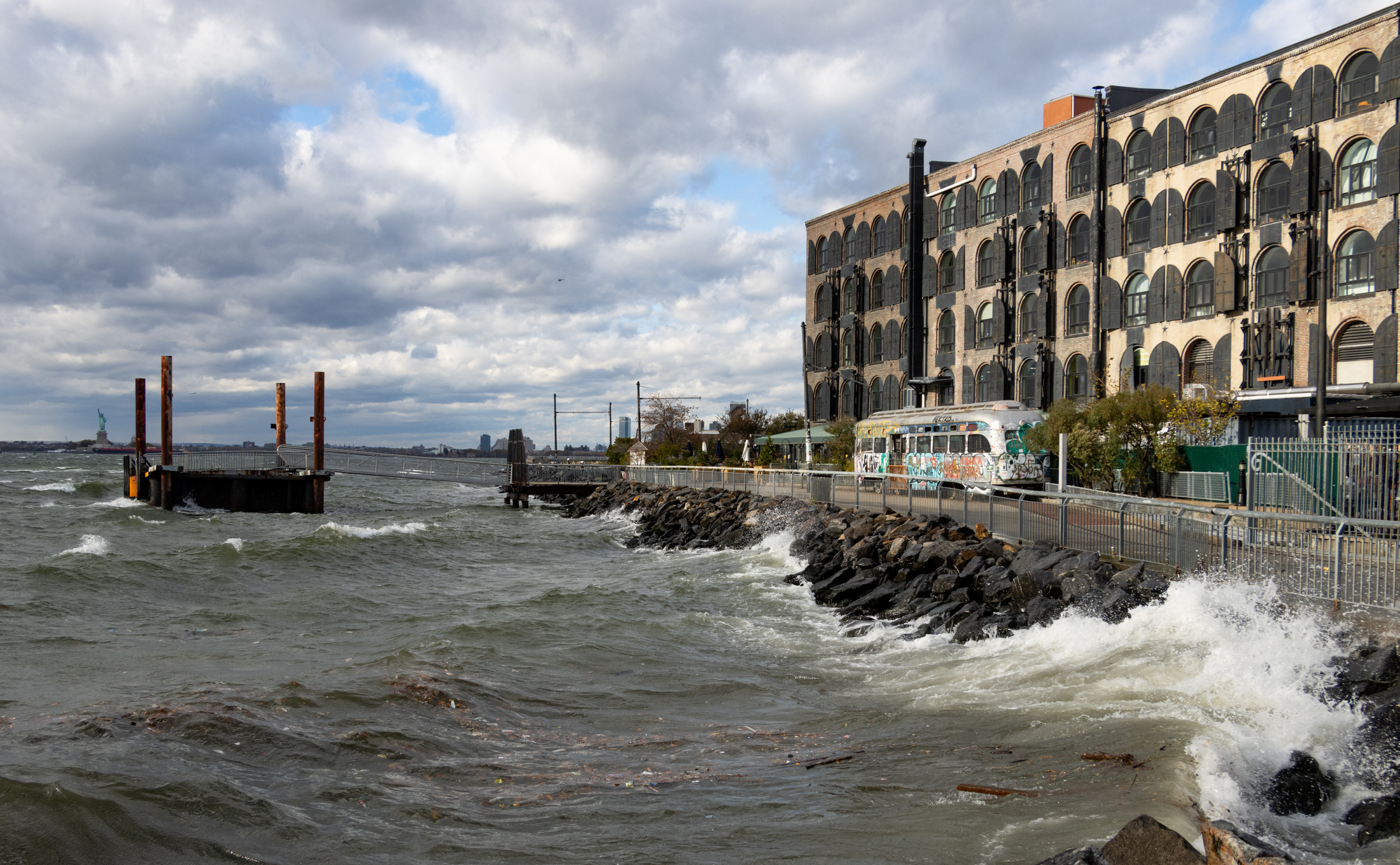Passive House Comes to Brooklyn Heights
[nggallery id=”53667″ template=galleryview] We were invited to tour an in-construction Passive House in Brooklyn Heights, a 1846 brownstone on Sydney Place that was badly remodeled in the 80s and is now receiving a gut renovation to accommodate to the most rigorous energy standard in the world. For details on what a Passive House is, you…
[nggallery id=”53667″ template=galleryview]
We were invited to tour an in-construction Passive House in Brooklyn Heights, a 1846 brownstone on Sydney Place that was badly remodeled in the 80s and is now receiving a gut renovation to accommodate to the most rigorous energy standard in the world. For details on what a Passive House is, you can visit this website or listen to this helpful NPR feature. We can tell you it is a house-wide energy system that uses an incredible amount of insulation and effective, insulated windows to create an airtight building. In this particular home, air source heat pumps bring fresh air into the house, filter the air, and then heat or cool the air which in turn heats or cools the house. (This is 80-90 percent more effective than a traditional heating or cooling system.) The contractor on the site, Sam McAfee, told us that the project is the first landmarked Passive House in the US, and the LPC has worked closely with them, especially with the windows. Through the winter, the home could maintaining 55 degrees without heat. Click through the photos to see how certain features in the home work in the system. Construction should be complete by this April.





Oh… and the plural is Passivhäuser.
Vanessa… You’ve convinced me! Reducing energy consumption by 80-90% is silly…. why would we ever want to do that?
NYC has fewer cars per capita and we live in smaller spaces — so yes, this is a “greener” place on a per capita basis. But two things…. almost 60% of our energy consumption is from our BUILDINGS. And second, your completely discounting everything that is external to NYC. We don’t have much industry, but we consume huge amounts…. it comes from somewhere.
So, shouldn’t we think about doing what we can to decrease our consumption of the limited resources of the earth and reduce pollution in a huge way?
Why can’t NYC be even better? Why can’t NYC be an EXAMPLE for other cities?
Like I said before, I hope you’re not in charge of building buildings with your oh-so-enlightened view of the world.
if anyone out there is still paying attention, this is an absolute hobby horse – we live in one of the ‘greenest’ places on earth, and we should be building Passive Houses (or Passivhauses)? utter nonsense!
Someone said recently (and I wish I could quote for attribution) that the next bubble is the ‘Green’ bubble. I’m beginning to believe that more and more.
Note to DIBS: SHORT GREEN!
Geez Tyburg, you are a passive house whore.
tyburg, I am concerned about total gut jobs in historic houses.
You see to me, the value of an 1840’s house is more than just the facade. It is the plasterwork and woodwork, the stairs, the sliding doors, the old floors, etc etc. This approach calls for the removal of everything because everything has to be insulated, even the floor joist pockets. Nothing can remain, perhaps Sam can correct me. How much of the interior of the Sidney Street house was saved? I also hate the facile argument that because there was a bad reno job done in the 1980’s that it is OK for today’s architect to destroy everything that is left.
I also happen to like real fireplaces and real double-hung windows. Even though you get a certain amount of dust when you open a city window, I like to open windows.
I doubt very, very much that the European monument commissions allow this kind of destruction in their significant listed landmark houses. Most of the PH projects in Europe and the US are new construction not rehabs.
Those are my reservations in a nutshell. Thank you for asking.
Minard…. how is Germany and Austria all that more “extreme” than Brooklyn? We have cold winters (not as cold as Maine, but a lot colder than D.C.) and our summer are brutal. Passivhaus proves itself in BOTH Winter and Summer.
We’re talking 80-90% reduction in heating and cooling costs.
Is your hang-up about “landmarked” buildings the fact that windows would either be not historically accurate or very expensive? That seems like a very minor thing.
How do you think this project will look? Out-of-context and a black mark on the Landmarked neighborhood?!
Yes, it’s easier to build a new building than gut renovate an old building. There’s nothing new there. But if a place is going to be gutted anyway….
well this is all very interesting. Passive technology is certainly compelling. I do think that it is probably more suited to new construction than to 1840’s landmarks, and also more suited to extreme climates but it was a courageous step for someone to take in Brooklyn Heights.
I wish everyone a happy long weekend.
Thanks for the detailed info, Sam! Do you happen to know if this is the same technology employed by the people on Extreme Makeover Home Edition that I mentioned at 3:52?
Thanks Sam!!